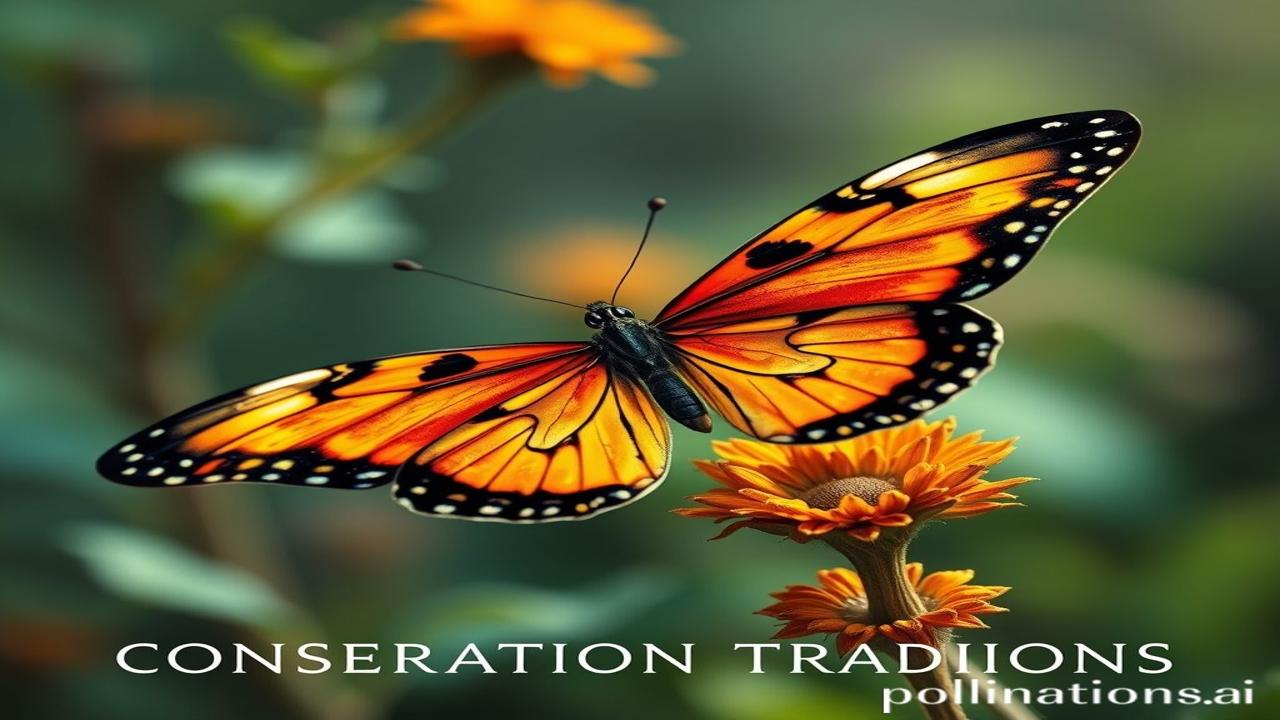तितलियों का संरक्षण: एक सांस्कृतिक विरासत | Butterfly Conservation: A Cultural Legacy
कभी सोचा है, ek titli ke pankhon mein kitna itihas chhupa hota hai? Kitni kahaniyan, kitni yaadein… Imagine, in the intricate patterns of a butterfly’s wings, lies a silent whisper of ancient traditions, a vibrant echo of our connection with nature. Waqt ki dhool mein kuch aise hi geet chhup jaate hain, geet jo humein hamari jadon se jodte hain. Let’s delve into the fascinating world of butterfly conservation as a cultural practice, a legacy often overlooked, yet profoundly woven into the fabric of our Indian identity.
तितली संरक्षण: इतिहास और संस्कृति | Butterfly Conservation: History & Culture
Butterfly conservation, as a conscious movement, may seem modern. But, the seeds of this practice are deeply embedded in our ancient reverence for nature. For centuries, butterflies, these ‘rang birangi’ jewels of the air, have held a special place in Indian mythology, art, and folklore.
While there isn’t a single, definitive ‘start date’, we can trace back the intrinsic value placed on these creatures to the early days of Hinduism and Buddhism. Consider the numerous references to nature spirits and deities closely associated with flora and fauna – butterflies included. Think of the delicate ‘parijat’ flowers, said to attract butterflies, often depicted in ancient temple carvings. These were not merely artistic representations; they reflected a worldview where humans and nature were intertwined, dependent on each other.
The significance lies in the inherent respect for all life. Protecting butterflies, indirectly or directly, stemmed from a broader understanding of ecological balance – an understanding that predates modern scientific concepts. Yeh ‘dharti maa’ ke prati hamara adar tha.
ज़मीनी सच – लोग और जीवन | The Ground Reality: People & Life
Imagine a small village nestled at the foothills of the Himalayas. Ma Sita, adorned in a simple ‘salwar kameez’, tends to her garden. The air is thick with the sweet scent of jasmine and ‘mogra’. She carefully cultivates specific plants, not just for their beauty, but also because she knows they attract butterflies. Her grandmother taught her that butterflies are lucky, that they carry messages from the gods.
“Beta,” she tells her grandson, Arjun, as he chases a vibrant blue butterfly, “inko pakdna nahi. Ye toh hamare dost hain. Flowers se ras peete hain aur phir unke beej yahan wahan phailaate hain. Plants bhi khush, hum bhi khush!” (Don’t catch them, son. They are our friends. They drink nectar from the flowers and then spread their seeds here and there. The plants are happy, and so are we!).
For Ma Sita, and countless others like her, butterfly conservation wasn’t a scientific endeavor, but a way of life. It was woven into the everyday fabric of their existence, a simple act of respect for the world around them. Even rulers, knowingly or unknowingly, played a role. Royal gardens, filled with exotic plants, became havens for these winged beauties, silently contributing to their preservation.
धरोहर और पहचान | Cultural Significance Today
Even today, the echoes of these ancient traditions resonate in modern India.
- Rituals: In some rural communities, butterflies are still considered sacred. Seeing one during auspicious ceremonies is thought to bring good fortune.
- Art & Design: Butterfly motifs are prevalent in textiles, jewelry, and traditional paintings, symbolizing beauty, transformation, and resilience.
- Eco-Tourism: Slowly but surely, eco-tourism initiatives are sprouting up, focusing on butterfly gardens and conservation efforts, promoting a deeper understanding of their importance.
- Values: The core value of ‘ahimsa’ (non-violence), deeply ingrained in Indian philosophy, extends to all living beings, including butterflies. This inherent respect drives many conservation efforts.
Butterfly conservation is not just an environmental issue; it’s a reflection of Bharatiyata, a conscious effort to protect the intricate web of life that sustains us. It reminds us that our well-being is inextricably linked to the health of our natural environment.
मजेदार तथ्य या भ्रम-भंजक | Fun Fact or Myth-Buster
Myth: All butterflies live for only a day.
Fact: While some butterfly species, like the Mayfly, do have very short lifespans, others, like the Monarch butterfly, can live for several months, even migrating thousands of miles!
दृश्य और भावनाएं | Visual & Sensory Layer
Close your eyes for a moment. Imagine the warm, humid air of a tropical rainforest. The air smells of damp earth and blooming orchids. The sound of cascading water mixes with the soft rustling of leaves. You see a kaleidoscope of colours as hundreds of butterflies flutter around you, their wings brushing against your skin like velvet. You feel a sense of peace, of connection to something ancient and profound.
अंतिम विचार या उद्धरण | Closing Insight or Quote
“यतो धर्मस्ततो जयः” (Yato Dharmastato Jayah) – Where there is righteousness, there is victory. In this context, righteousness lies in protecting our environment, including the smallest of creatures. By preserving butterflies, we are not just conserving a species, but upholding a cultural legacy, a deep-rooted tradition of respect and reverence for the natural world. Let us continue to weave this tradition into the fabric of our modern lives, ensuring that the beauty and magic of butterflies continue to grace our lands for generations to come.
